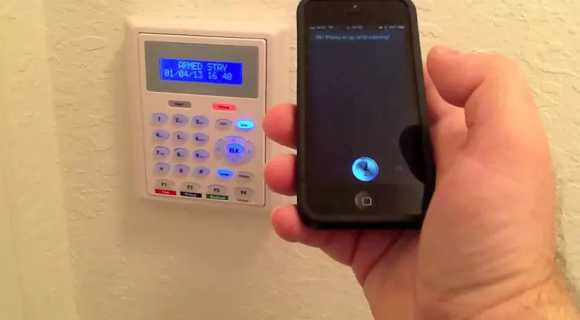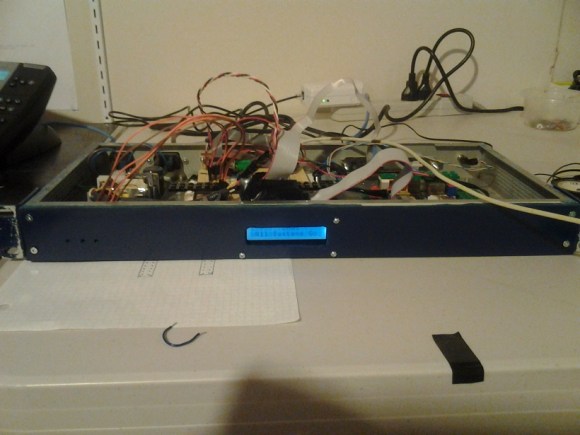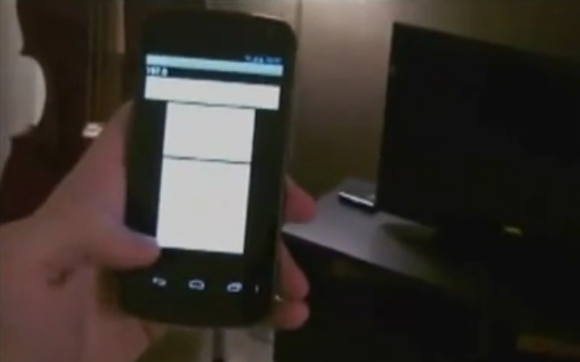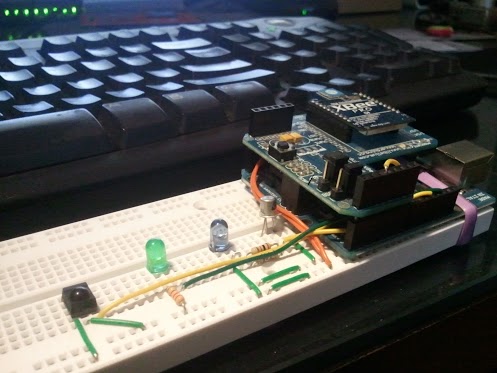
[Elvis Impersonator] spent three full days but in that time he managed to hand control of everything in his house over to Siri. The technique used is a familiar one. A Raspberry Pi running SiriProxy listens for commands from the iPhone and acts on them based on [Elvis’] predefined configuration. The difference here is that it’s not just a single device (read: lamp) that is being controlled to prove the concept. His video (embedded after the break) shows him operating an entire range of devices in his home.
The demonstration starts off with his garage door being opened and closed. From the YouTube video description we know that he’s using Trendnet IP cameras and it looks like one of them lets him see if he remembered to close the garage. Next he disarms his home security system as shown in the image above. From there he adjusts the Nest thermostat, switches off the living room lights, and changes the TV channels.
We think the need to give voice commands would get old pretty quickly. But that aside we applaud his work to pull everything together into one single interface.
Continue reading “Complete Siri Home Automation Controls Everything But The Kitchen Sink”
















